Casa Guimera gathers the virgin honey in an artisanal way and puts it in bottles just as it comes from the beehive, so that you can appreciate all its pureness and benefit from its nutrients and qualities.
- Welcome
- Log in
No products
honey and other products of the beehive
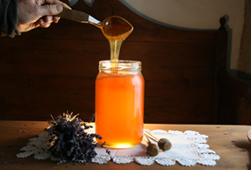
Honey is a concentrated nutrient that is very energetic. It gives strength and vitality and has a high nutritional value due to its vitamins, minerals, proteins, sugars and antibacterial qualities.
Since ancient times honey has been known for its antiseptic and healing properties, invigorating the heart and regulating the organism.
The Honey
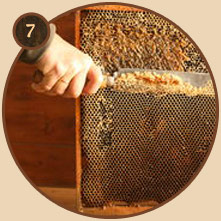
TAKES THE FRAMES
He then takes the frames from the hive and uses a hot knife to cut away the wax covering the cells, a process called "uncapping".
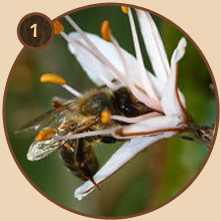
NECTAR FROM THE AROMATIC FLOWERS
The bees gather the nectar from the aromatic flowers and transport it to the beehives.
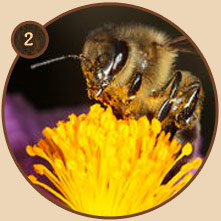
MATURATION OF NECTAR
Once at the beehive, these gathering bees pass the nectar to the receiving bees, who then keep it a certain time in their mouth. The nectar mixes with the gastric and fermenting juices, and goes through a maturing process, at which time it is enriched with organic acids, proteins, vitamins
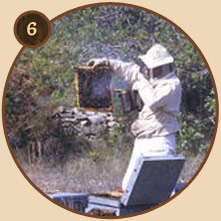
SMOKER
For the extraction of the honey from the beehives, the beekeeper must first remove the bees from the hive by using a smoker and a brush.
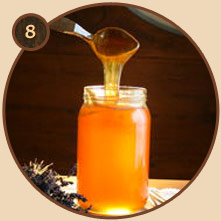
THE HONEY
Ready to eat.
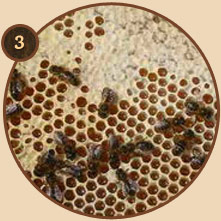
HEXAGONAL CELLS
Later, the bees deposit a drop of nectar in the hexagonal cells of the beehive.
* Photos. Author: Agustín Arias Martínez ** Photo. Author: Francisco Hernández Alejandro Source www.aulaapicolazuqueca.com
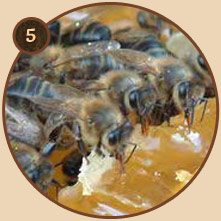
CLOSE THE CELLS
Once the hexagonal cells are full of honey, the bees close the cells with wax. In this way, the stored honey may be kept for several years thanks to the antibacterial fermentation which it contains.
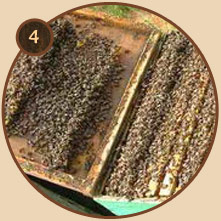
REDUCTION WATER
The nectar contains up to 80% water, which is reduced slowly as it is passed from one bee to another, until it acquires a density and substance of honey. The result is a honey with a water content that doesn’t exceed 20%.


NECTAR FROM THE AROMATIC FLOWERS
The bees gather the nectar from the aromatic flowers and transport it to the beehives.

MATURATION OF NECTAR
Once at the beehive, these gathering bees pass the nectar to the receiving bees, who then keep it a certain time in their mouth. The nectar mixes with the gastric and fermenting juices, and goes through a maturing process, at which time it is enriched with organic acids, proteins, vitamins

HEXAGONAL CELLS
Later, the bees deposit a drop of nectar in the hexagonal cells of the beehive.

REDUCTION WATER
The nectar contains up to 80% water, which is reduced slowly as it is passed from one bee to another, until it acquires a density and substance of honey. The result is a honey with a water content that doesn’t exceed 20%.

CLOSE THE CELLS
Once the hexagonal cells are full of honey, the bees close the cells with wax. In this way, the stored honey may be kept for several years thanks to the antibacterial fermentation which it contains.

SMOKER
For the extraction of the honey from the beehives, the beekeeper must first remove the bees from the hive by using a smoker and a brush.

TAKES THE FRAMES
He then takes the frames from the hive and uses a hot knife to cut away the wax covering the cells, a process called "uncapping".

THE HONEY
Ready to eat.
* Photos. Author: Agustín Arias Martínez
** Photo. Author: Francisco Hernández Alejandro
Source www.aulaapicolazuqueca.com
















